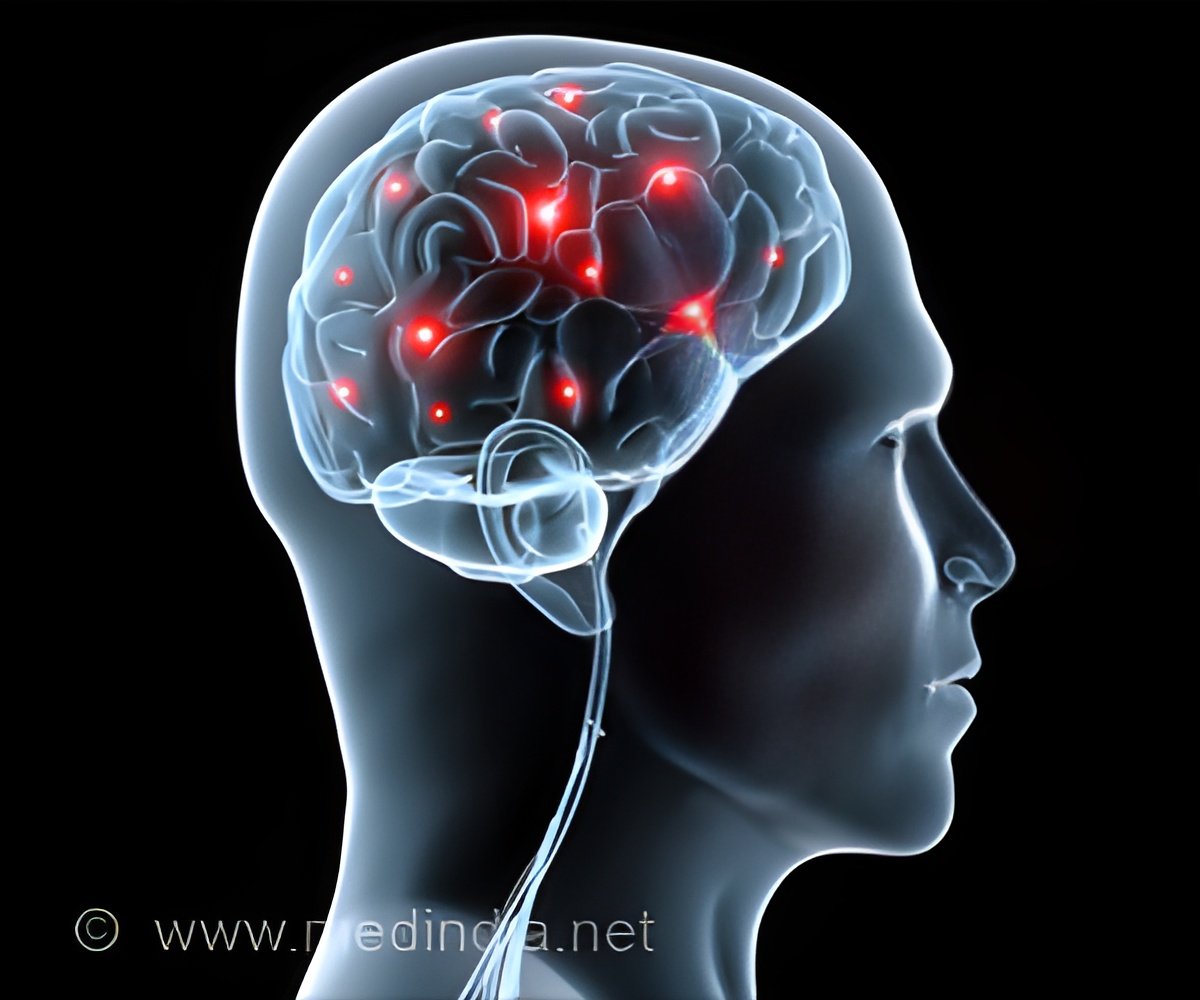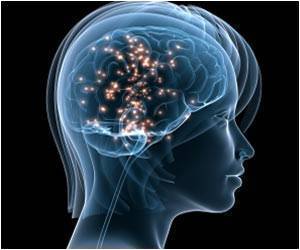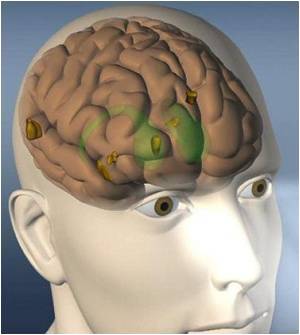The frequency of when and where does the brain becomes active for many years can be a source of important insights, suggests a new study.

Like listeners adjusting a high-tech radio, scientists have tuned in to precise frequencies of brain activity to unleash new insights into how the brain works.
Researchers used electrocorticography, a technique for monitoring the brain with a grid of electrodes temporarily implanted directly on the brain's surface.
Clinically, Eric C. Leuthardt and other neurosurgeons used this approach to identify the source of persistent, medication-resistant seizures in patients and to map those regions for surgical removal.
Scientists normally measure brainwaves with a process called electroencephalography (EEG), which places electrodes on the scalp.
In contrast to EEG, electrocorticography records brainwave data directly from the brain's surface.
Advertisement
The team used the grids to watch consciousness fade under surgical anesthesia and return when the anesthesia wears off. They found each frequency gave different information on how different circuits changed with the loss of consciousness, according to Leuthardt.
Advertisement
The results appeared in the Proceedings of the National Academy of Sciences.
Source-ANI











